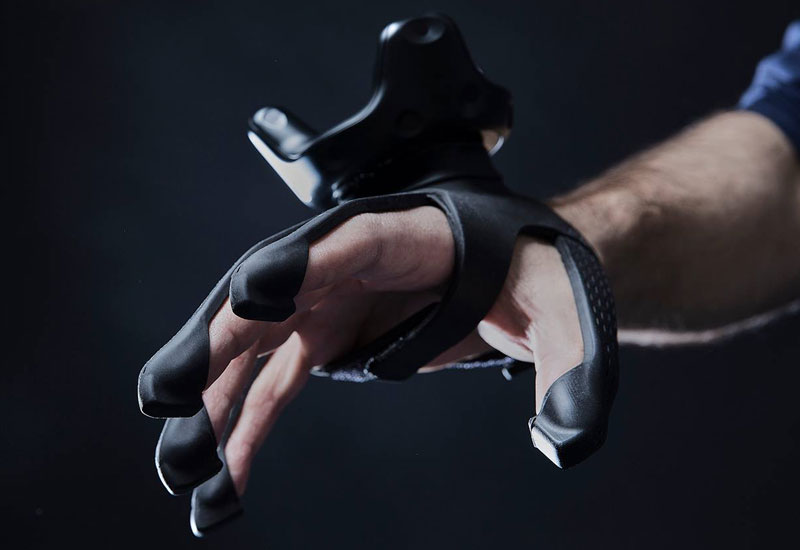Companies are pushing hard to get VR into mainstream systems. The reality of the matter is that these companies are becoming the sole manufacturers of add-on tech that can make the technology more immersive. However, the success of a new technology draws a great deal from the support it gets from OEMs. The third-party hardware gives the customers lots of options, and it’s a win-win situation for both the manufacturer and the customer.
VR is slowly gaining traction as consumers are beginning to use and enjoy VR bases systems. If you gauge VR by the level of engagement, it still lacks the tactile feedback. Using a mouse and a keyboard for VR actually takes it away from the freedom it gives to the users.
This is all about to change with the development of the Plexus gloves. These are silicon-based gloves that have integrated electronics that gives the users tactile feedback. The positioning sensors on the gloves make them aware of each other. The Plexus Gloves can be used in both AR/VR based applications. Currently, they use the tracker on the HTC Vive and Oculus Rift headsets to track the movement of the user’s hands.
When the user puts the glove on, the trackers will calibrate the device to know the exact position of your hand and fingers, in relation with the other hand. After calibration, the sensors pass the information to the game engine to track your movements throughout the game.
The design of the Plexus Gloves needs a special mention because the designers have taken several factors into consideration while designing it with comfort being the primary goal. The silicone gloves use an open palm design so that there is no hot spots or sweat buildup. The silicone material choice makes it flexible and smooth against the skin.
The fingertips are augmented with miniature rotors or linear resistant actuators (LRAs) that give the users tactile feedback while interacting with objects. The haptic feedback makes it possible for the user to sense obstructions and have a sense of feeling while interacting with objects. Plexus VR/AR Gloves can also track individual finger movements. Hence, the amount of precision that this device offers is very high compared to any other VR/AR gloves.

The company is hard at work to improve on the existing design and technology. Currently, the company is working on a new type of haptic feedback system that will replace the current LRAs. Another technology that they are experimenting with is called Halo. It is a tracker system that can replace all sensors on the gloves and pave the way for a lightweight, more advanced glove.
“It features a much more ergonomic design and has better tracking stability when mounted on the hand. We’re not offering this just yet, however, as we’re still working on integrating with the various tracking solutions used by the different VR headsets,” – Plexus.
The Plexus Gloves has a back plate to which you can attach controllers like Vive Trackers, Vive Controllers, and Oculus touch. It is safe to say that the company has taken care of the compatibility side of things.
The most impressive thing about the Plexus is undoubtedly its price. The company hopes to ship it with a price tag of $249 and have started rolling out samples for developers. This price is truly disruptive in the field of VR/AR Gadgets.



